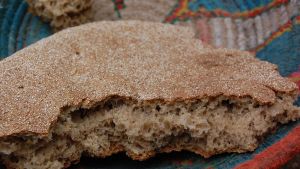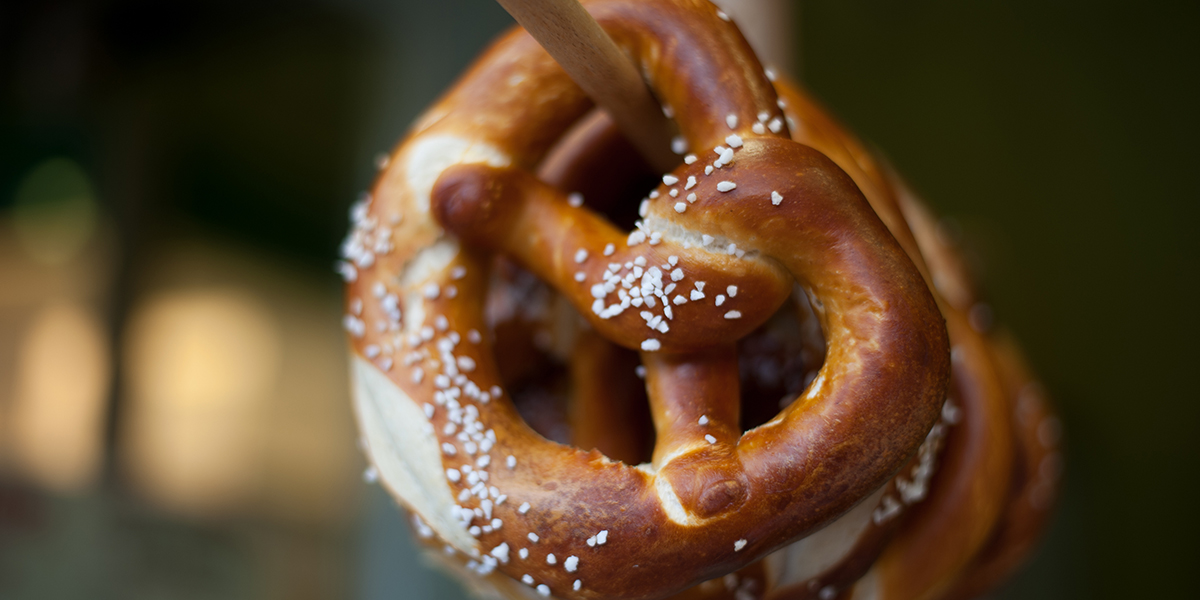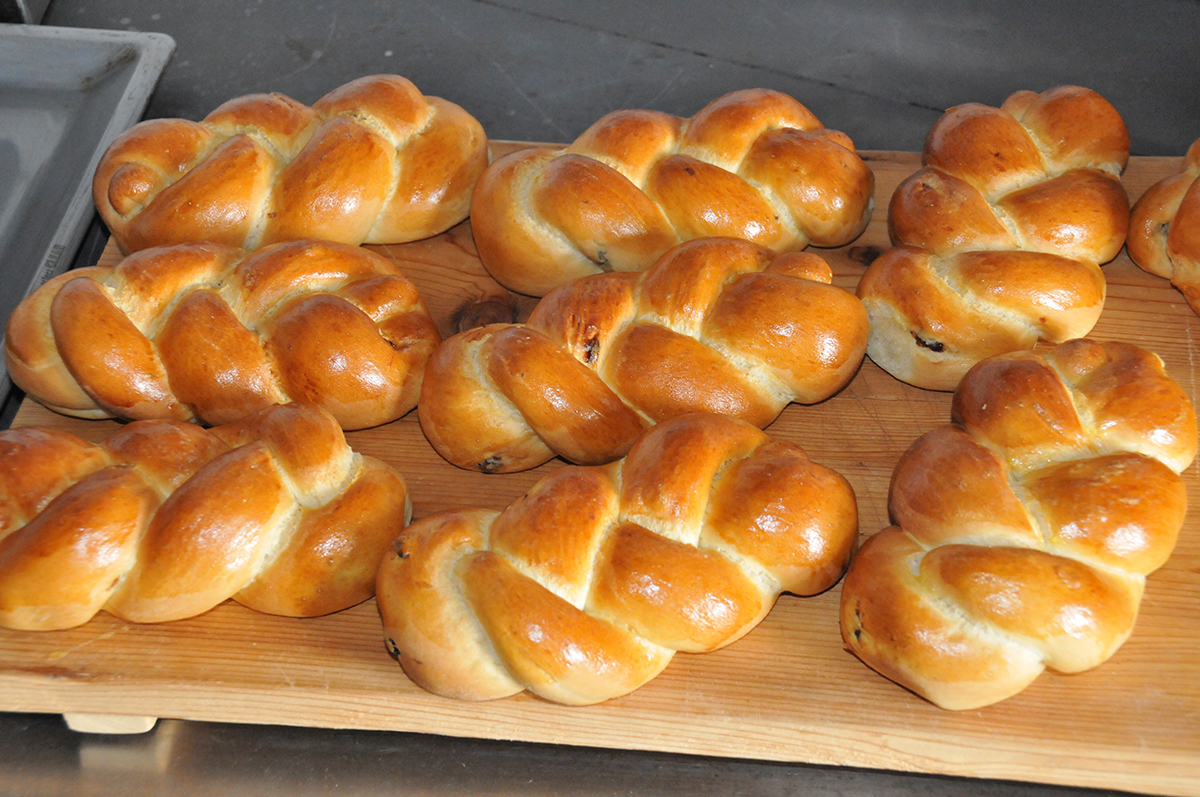Most people try to avoid eating too many carbs these days, but there’s nothing quite like a lovely warm loaf of bread fresh from the oven with your topping of choice (although you can’t beat a simple helping of butter and jam!).
What makes it even more difficult to resist this tasty treat is the huge variety of breads available, like those featured in GetPocket.com. Many have their origins in Europe. where some bread shapes came about due to physical restrictions in ovens or baking times. The famous French baguette, for example, got its thin long shape due to the reduced number of hours bakers were able to work during the reign of Louis XIV. Other breads have a little more symbolism and spiritual meaning. Here are just a few.

Read more:
How to make bread from the time of the Bible
The pretzel from Germany
This irresistible snack stems from Germany and was first called a “brezel.” It is said that back in the Middle Ages, monks made up the heart-shaped bread as a reward for children who’d learnt their prayers — that might inspire some adults today, too! Another story says that a group of bakers came up with the twisted loaf before being released from prison. Interestingly, bakers in southern Germany have been using the pretzel as their emblem since the 12th century. The added bonus of the popular snack is that due the lack of eggs or dairy products in the recipe, it could be eaten during the stricter Lenten fasts of previous centuries.

Pan Gallego from Spain
This is the bread of pilgrims. Apparently locals would hand out a loaf of bread to pilgrims as they made their way along St. James’s Way to reach Santiago de Compostela. The heavier type of bread, first made in Galicia, would offer sustenance and comfort. Thanks to the way the loaf was prepared, through a process of slow fermentation and low salt levels, the bread could last an impressive month before going stale.
Zopf from Switzerland
There’s a bittersweet meaning behind this plaited Swiss bread: When a husband died in ancient times, his wife would mourn her husband by cutting off her braided hair and placing it on his grave. As times went on, the plaited hair was replaced with bread that had been styled in the shape of a braid; this was then buried with the husband. Although this story remains a very sweet legend, the bread has been in circulation since 1430 and is still recognized today as a sign of love and gratitude.
Here’s a five-star recipe for the Swiss Zopf bread if you’d like to try making this 800-year-old token of love.


Read more:
Wait, give us this day our what kind of bread?

